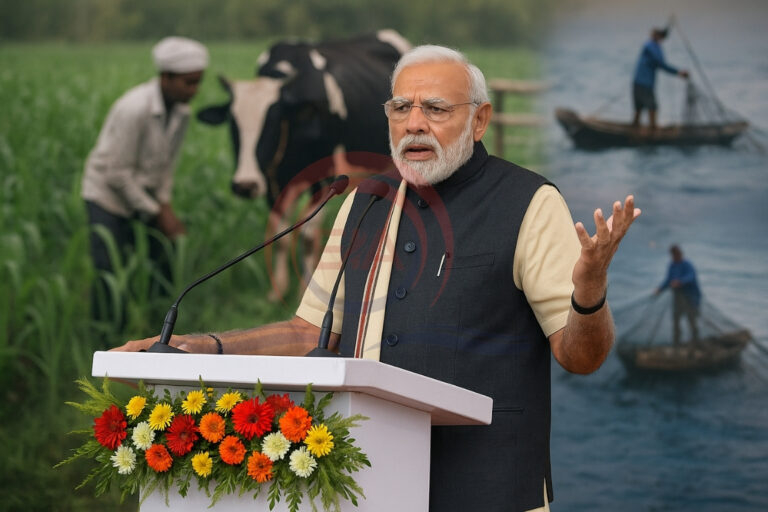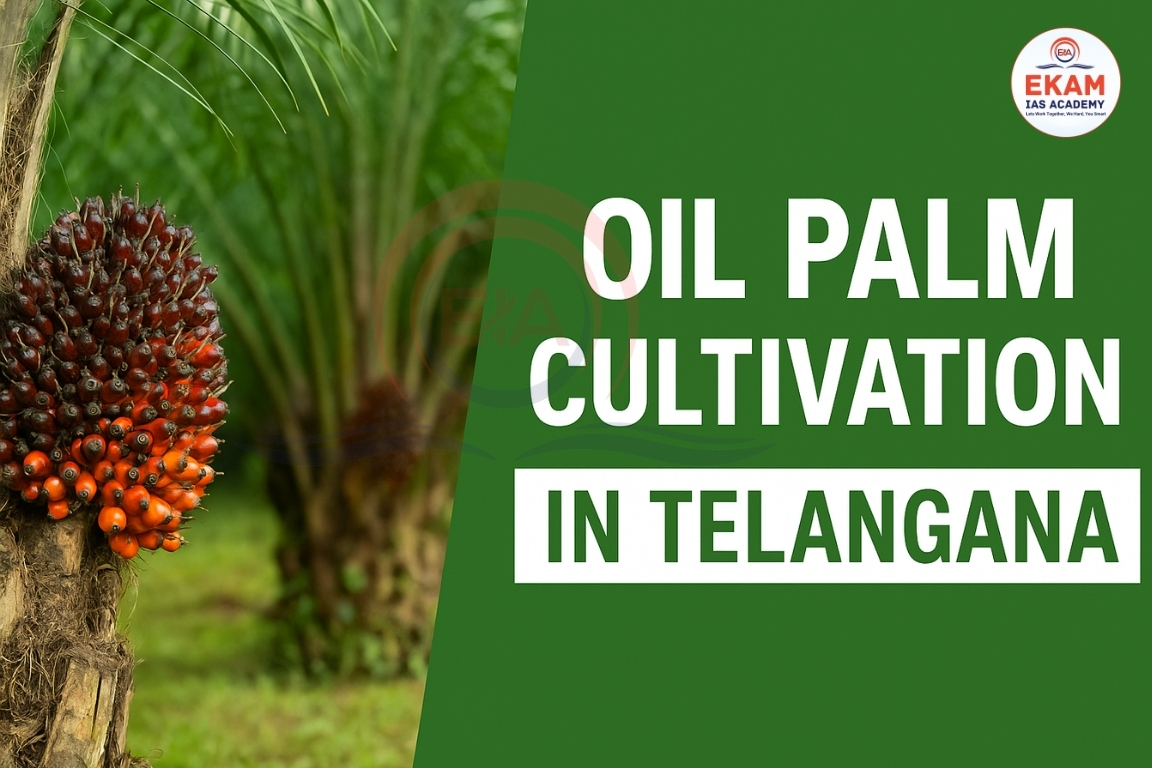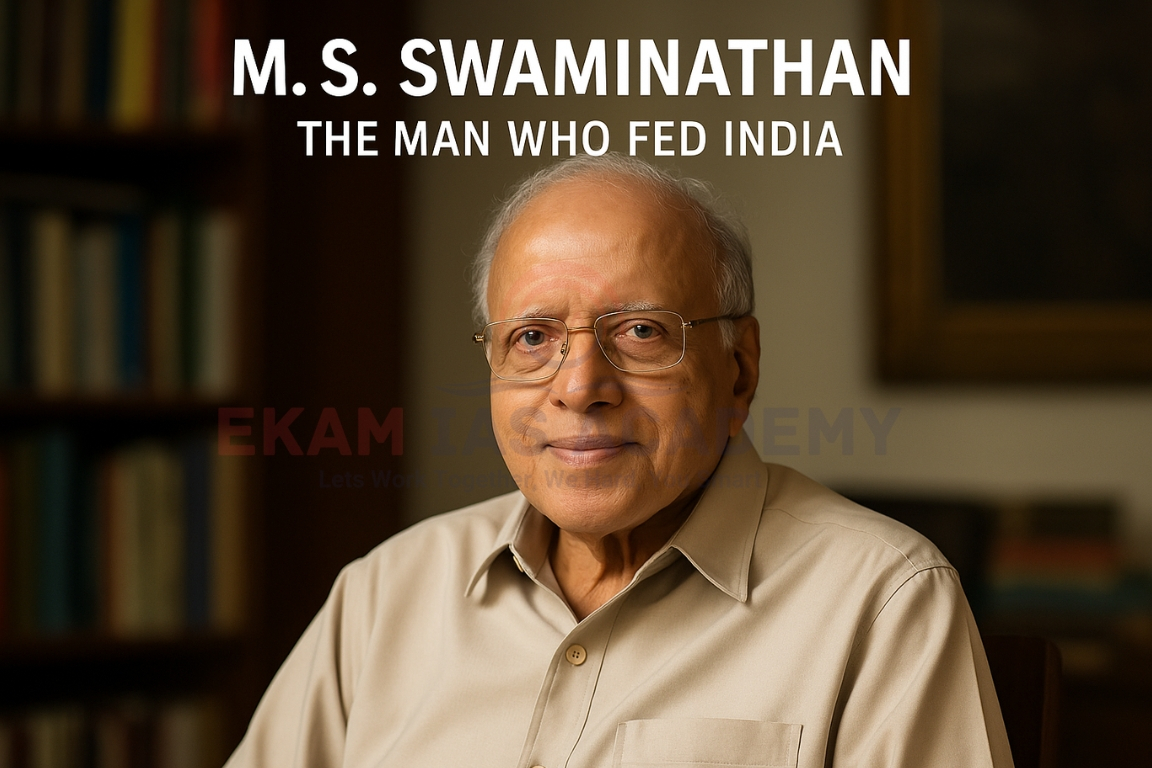PM Modi asserted that India will not compromise on the livelihoods of its farmers, dairy producers, and fisherfolk during trade talks with the US. This comes amid stalled negotiations and US tariff hikes that could hurt India’s agricultural and seafood exports.
Background:
- India–US trade talks have slowed due to US demands for greater access to Indian markets in agriculture and allied sectors.
- India is resisting moves that could undermine rural livelihoods and breach food safety standards.
Key Concerns in Trade Talks
Agriculture Sector
- US seeks access for genetically modified (GM) soybean and maize.
- India grows these crops on 13–12 million hectares each and fears:
- Price crash from cheaper imports.
- Violation of India’s ban on GM crop cultivation.
- Threat to seed sovereignty and biosafety norms.

Ethanol Imports
- US wants to export ethanol for biofuel blending.
- India currently uses ethanol from domestically grown sugarcane, maize, and rice (20% petrol blending target).
- US imports could: Lower demand for Indian ethanol. Hurt sugarcane and maize farmers.
Dairy Industry
- US pushing for entry of milk powder, butter oil, and cheese under trade deals.
- India maintains: High import duties – 30% (cheese), 40% (butter), 60% (milk powder). Ban on dairy products from animals fed on animal-derived feeds (cultural & religious basis).
- US views the restrictions as non-scientific trade barriers.
Fisheries Sector
- US is India’s top seafood buyer ($2.48 billion in 2024).
- New 50% tariff hits aqua farmers in Andhra Pradesh, Gujarat, Odisha, and Tamil Nadu.
- Competitors like Vietnam, Chile, and Ecuador face lower tariffs (10–20%), reducing India’s price competitiveness.
India’s Position
- Protect livelihoods from cheaper imports and market volatility.
- Maintain ban on GM crops and uphold food safety norms.
- Keep cultural safeguards on dairy imports.
- Support domestic ethanol production to aid rural economy.
- Avoid tariff concessions in sensitive sectors.
Way Forward
- Balanced trade approach – open less-sensitive sectors while safeguarding agriculture, dairy, and fisheries.
- Market diversification – reduce dependence on US seafood exports by tapping East Asia, Middle East, Africa.
- Policy shields – retain high tariffs and non-tariff barriers until domestic industries become competitive.
Conclusion:
India–US trade differences centre on protecting rural livelihoods vs. expanding market access.
India’s cautious stance seeks to defend farmers, dairy producers, and fisherfolk while still exploring mutually beneficial trade avenues.






Thanks for sharing. I read many of your blog posts, cool, your blog is very good.